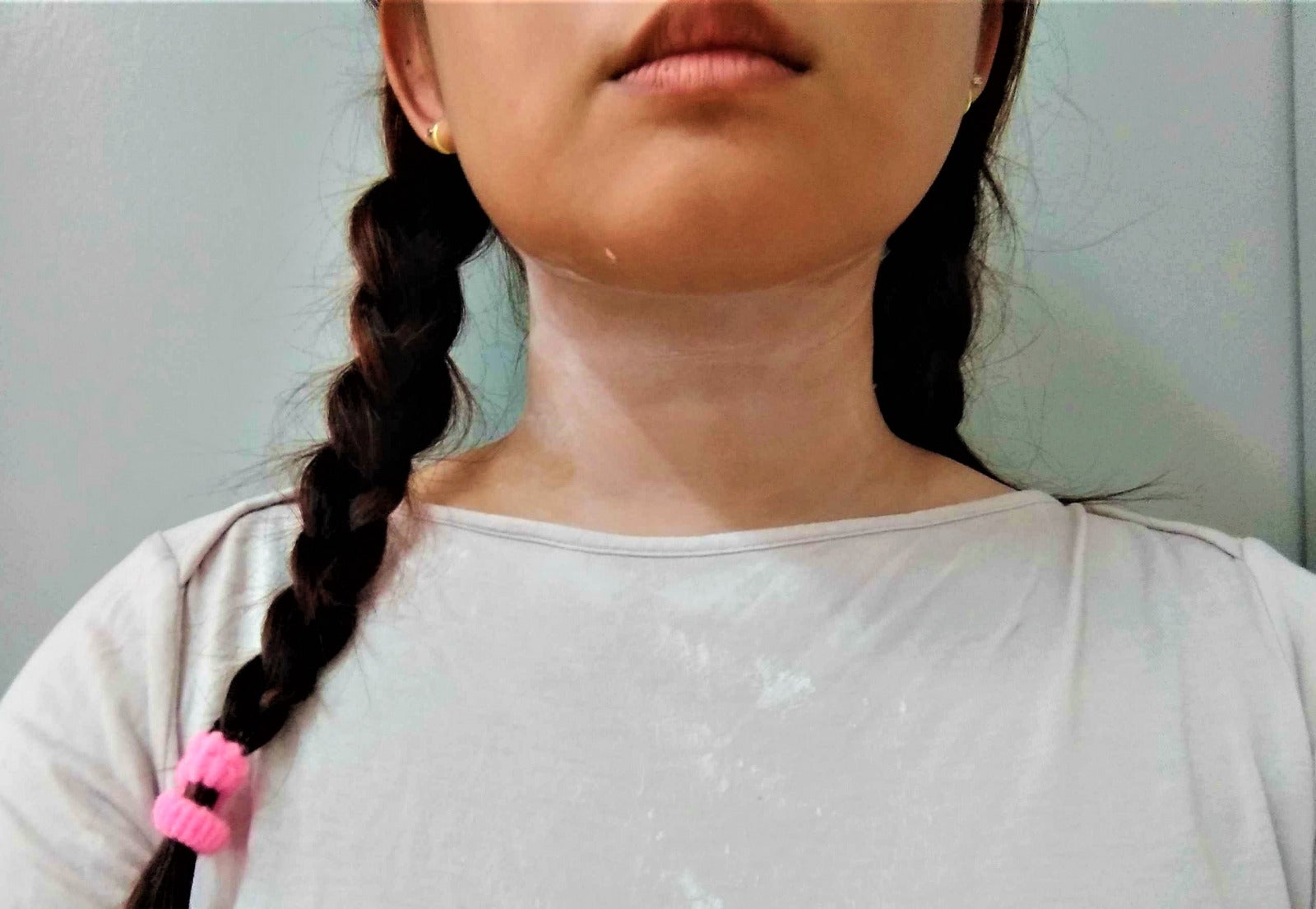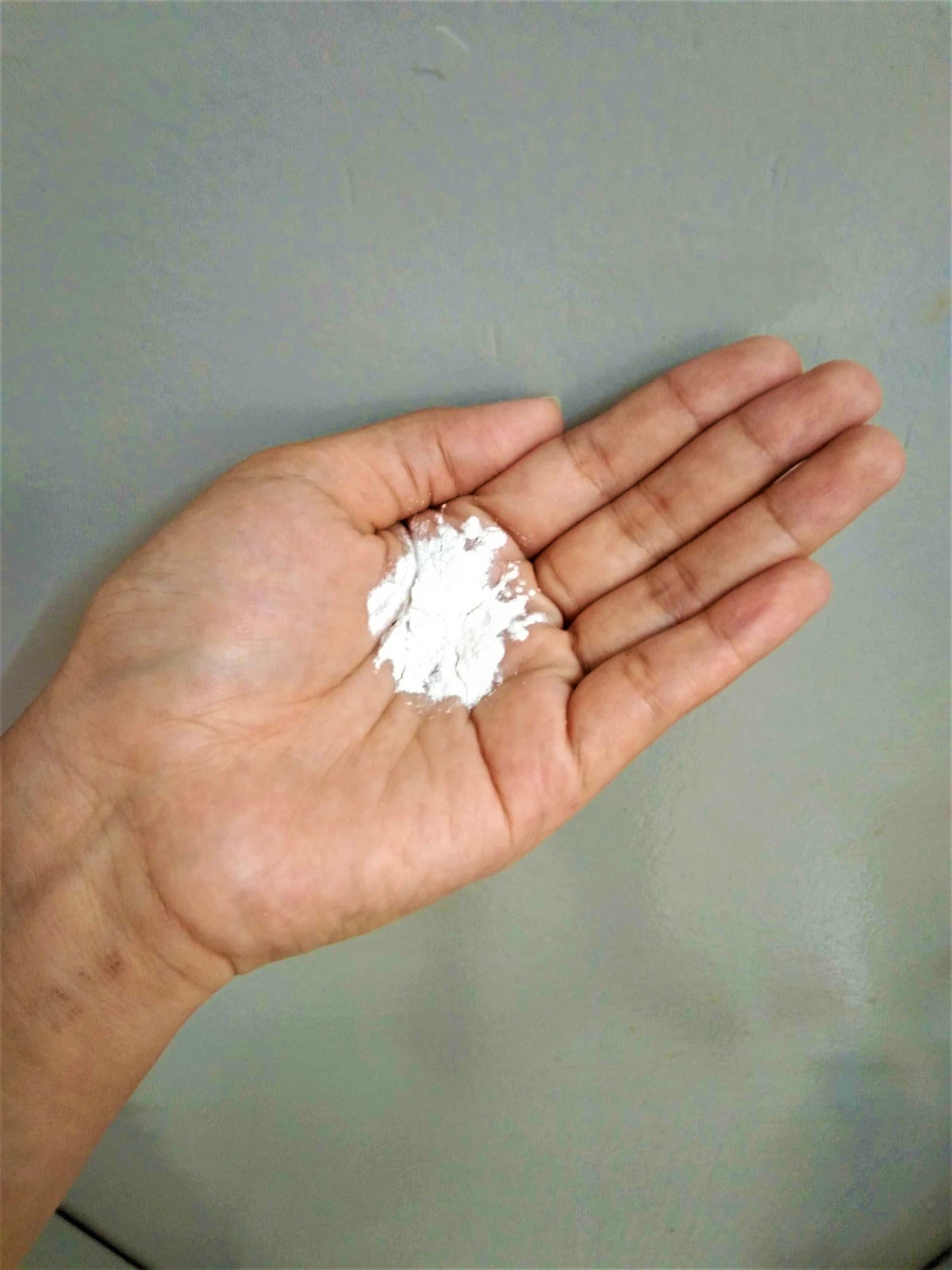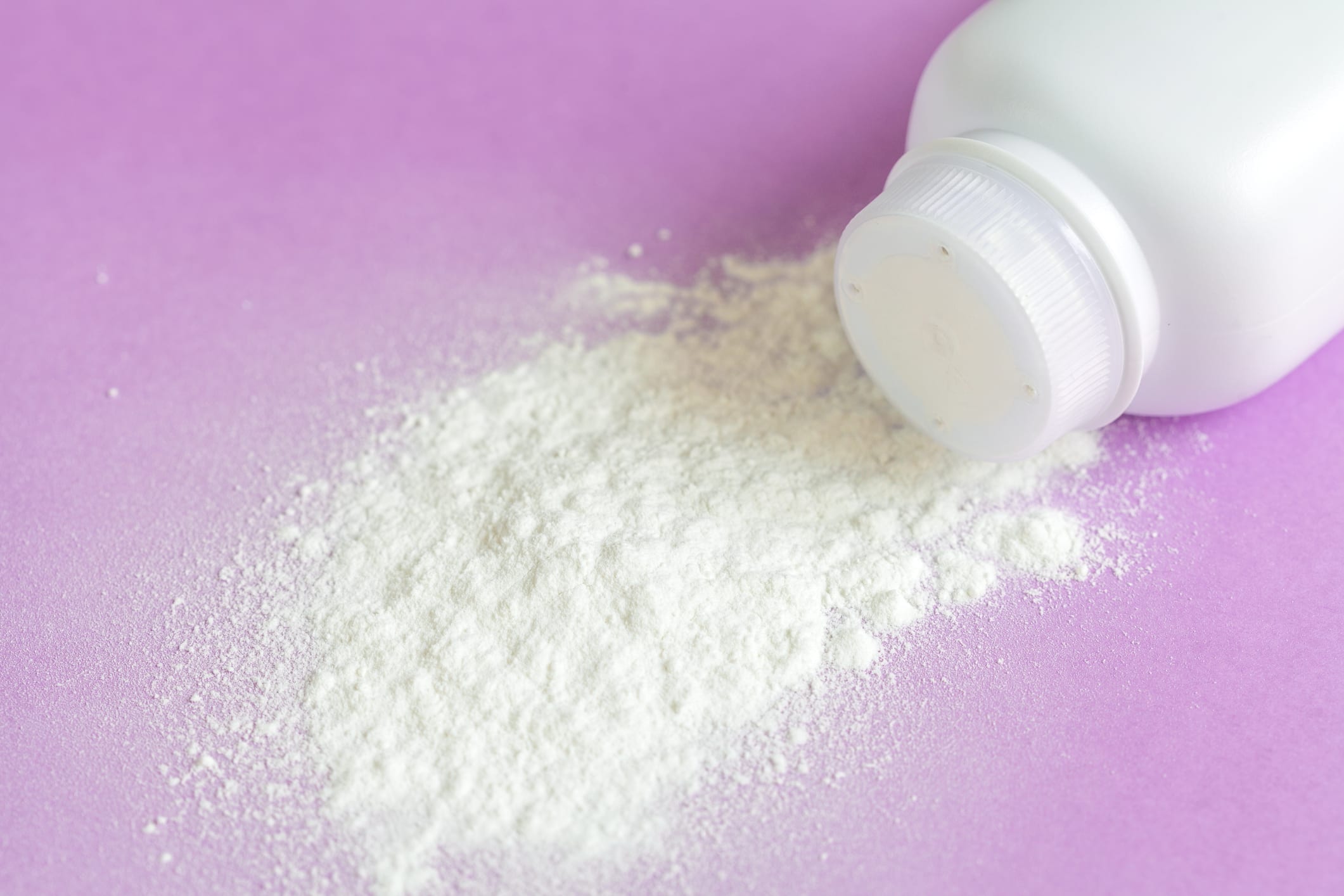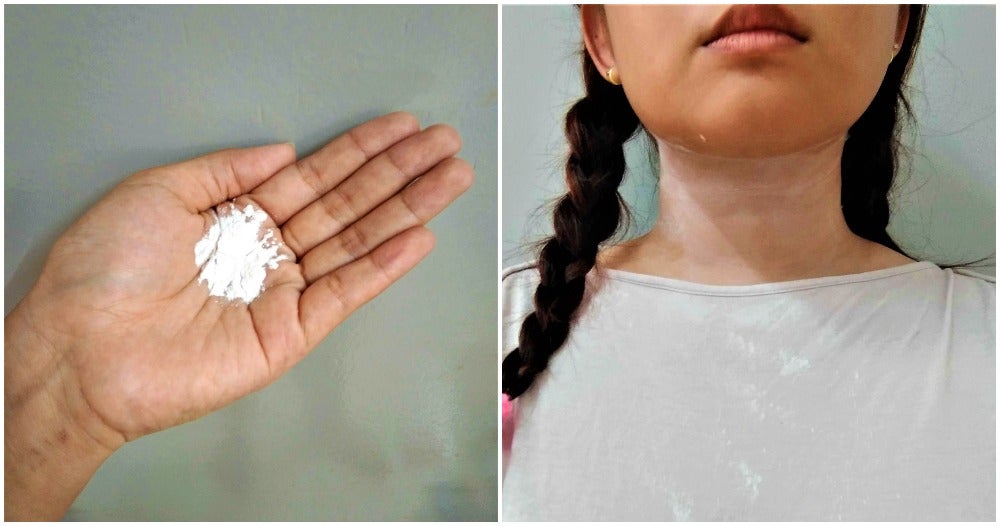As we all live in a tropical, humid country, we tend to sweat more and to combat this, many of us use talcum powder. As of now, researchers are studying a possible link between talcum powder and cancer. So what does this mean? Do we have to stop using talcum powder completely? Let’s find out together.
Usage
We normally put baby powder (they may contain talcum powder) around a baby’s genital area, their bum and also places like their neck and armpit to absorb moisture and reduce the risk of friction. Adults use talcum powder as well to reduce odour in the genital area and to reduce chafing caused by sweat.

One of the components of talcum powder is, of course, talc. Talc is a natural, soft mineral made up mainly of the elements magnesium, silicon, and oxygen. In nature, talc can be found in close proximity with the known carcinogen, asbestos. Since they’re near each other, there is always a chance of asbestos contamination in talc.
Talc is also used in most cosmetic products such as foundation, concealer, blush, eye shadow, face powder, mascara, eyeliner, eyebrow pencil, lipstick, moisturizing cream, lotion and face masks.
What’s the problem?
Over the years, many women have claimed that they were diagnosed with ovarian cancer caused by talcum powder used on their genitals. Several scientific studies ever since the 1970s suggest that there is a possible risk of getting ovarian cancer for women who used talcum powder in the long run.

Scientists began studying the connection between talcum powder and cancer when they found talc particles in women’s ovarian tumours in 1971. 11 years later, another study suggested that there is a possible connection between talcum powder usage on genitals and ovarian cancer. A 2014 study found no possible links but a 2016 research suggests that talcum powder use on the genital area increases the risk of ovarian cancer. However, the research was done fully-based on interviews which might be inaccurate.
An analysis was done in 2018 and it concluded that there is a weak link between ovarian cancer and talcum powder used on genitals. As it is a weak association, genital use of talcum powder is not considered as one of the causes of ovarian cancer. According to HealthLine, there are many other risk factors such as older age, inherited gene mutations (BRCA 1 and BRCA2), family history and long-term use of hormone therapy.
Is it safe to use talcum powder?
The International Agency for Research on Cancer (IARC) which is a part of the World Health Organisation (WHO) has said that talc-based powder if used on the genitals area is “possibly carcinogenic to humans”. Talc that contains asbestos is classified as “carcinogenic to humans”.

The US Center for Disease Control and Prevention (CDC) and the Occupational Safety and Health Administration (OSHA) have warned that frequent inhalation of talc might cause harm to the lungs such as talcosis. The EU has completely banned talc from cosmetic products due to health and safety concerns.
It is important to note that the link between talc and ovarian cancer is still inconclusive. However, if you or your baby NEED to use it then these are some ways suggested by HealthLine:
- Avoid putting powder directly on the genitals. Instead, gently pat a light layer on the skin around the genitals and on the legs.
- Do not shake the powder onto your baby directly. Shake powder onto a cloth and then use the cloth to gently pat the powder onto your baby’s skin.
- Shake out powder directly into your hand away from your face.
- Avoid getting powder in eyes.
- Keep powder away from any face. This can help to avoid possible inhalation.
- Keep powder out of reach of children.
A few other alternatives to talcum powder are cornstarch, arrowroot starch, tapioca starch, oat flour or by using diaper rash creams for babies.
What do you think about this? Let us know in the comments.
Also read: Did You Know That People In Some Parts Of The World DON’T Rinse Their Dishes After Washing Them?


































